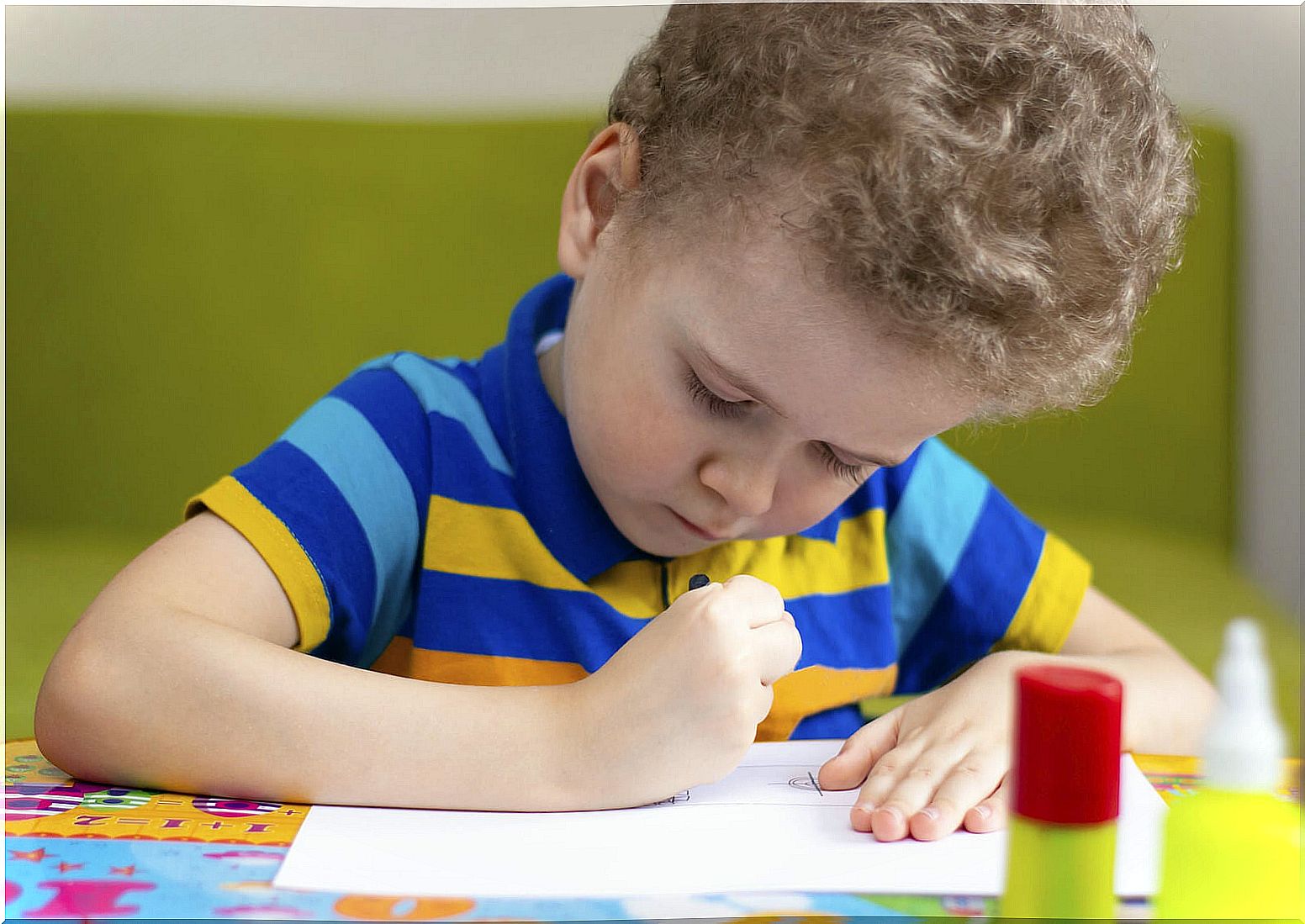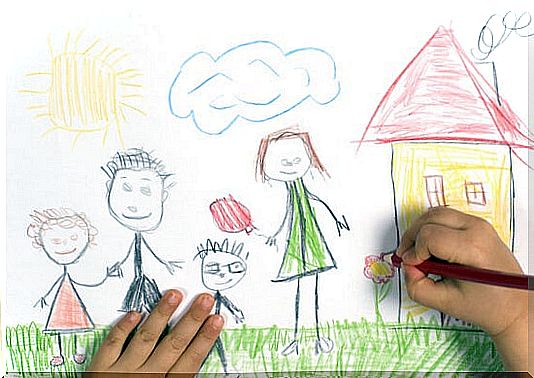The House Test: A Window To The Emotional World Of The Child

Drawing is one of the favorite activities for children, and whoever has spent time with them will know that the house is one of the most recurring elements in their drawings. However, something so seemingly simple and trivial can provide us with important and interesting information about the child’s emotional world. Therefore, we are going to know in depth what the house test consists of and what data it can reveal to us.
The house test is included within the so-called projective tests, more specifically, within the graphic or expressive ones. This means that the drawings made by the child open a window to his unconscious, to his most intimate experiences.
The characteristic of these tests is that the person does not know what is being evaluated with them and how, therefore, the level of resistance or manipulation it presents is minimal. Especially in the case of children, for whom drawing is something so natural and everyday.

What is the home test?
The house test consists simply of asking the child to draw a house as he sees fit. It is important not to make any comments that could influence your drawing and allow you to do the activity completely freely.
When it is finished, we will have to look at various aspects of its creation that will inform us about the child’s emotions, his personality and his social relationships.
How to interpret the House Test?
To obtain relevant data from the drawing, we have to look at the shape, size, colors and elements that make up the house. However, it is important to note that the results must be subsequently corroborated by other types of tests. In addition, it must be interpreted globally and we cannot take the meaning of an element as something determining.
Size
Large houses are usually drawn by open, outgoing and sociable children. Happy children who feel their home is a welcoming place full of well-being. On the contrary, small houses indicate that the boy is shy, reserved or introverted and that he may feel a certain level of social anxiety.
On the other hand, when the house is significantly high, it may indicate a need for the child to grow up quickly and become emancipated. Likewise, if it is too low, it may indicate that the little one feels anguish, oppression or worry.
Doors and windows
The doors and windows represent the child’s relationship with his environment, his openness to the outside. Thus, if the door is not drawn or is very small, the child is likely to want to isolate himself and get away from the environment and social relationships. Something that would be reinforced if the door is closed or has a padlock or lock.
On the other hand, if the door is large and open, it will indicate that the child is friendly and enjoys relationships. You may even have a tendency to be overly dependent on others.
For their part, the large windows show an open child with a great willingness to explore and learn. While the little ones can indicate a certain suspicion, prudence and distrust in relationships with others.

Roof and chimney
The ceiling represents creativity and fantasy. Thus, large, sloping ceilings or that protrude from the walls indicate great imaginative capacity. On the contrary, a house without a roof will be a sign of little creativity. In addition, if the tiles are drawn in detail, we will be facing a more rational and logical personality. If the roof is flat, there may be a feeling of tightness due to overly rigid parenting.
For its part, the fireplace and the smoke that comes out of it are a symbol of family relationships. Thus, if these elements are present, they will indicate that the little one perceives the home as a warm and welcoming place and that there is good family communication. Its absence will denote a cold or lacking communication home.
The usefulness of the home test
The above are just some of the many aspects that we have to look at to interpret the house test since, to obtain reliable data, it is necessary to interpret all the elements together.
Furthermore, although it is an indicative test that can provide interesting and valuable information, it is important to corroborate it later with other more objective instruments.










